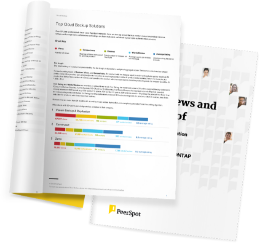JBoss ESB should focus on startup and performance as EAP is heavier than lightweight Java frameworks, which impacts microservices and cloud environments. Improvements should include faster start times and reduced memory footprints. Better cold-start performance in containers should be emphasized. Cloud-native features must be enhanced since many enterprises are shifting to Kubernetes and OpenShift, making EAP more cloud-friendly. This could include providing smaller container images, native auto-scaling support, and improved integration with cloud configuration services. Enhancing the developer experience is crucial; while the current configuration is powerful, it can be complex for newcomers. As an experienced user, I navigate it easily, but newcomers struggle due to heavy reliance on XML configuration. Transitioning to a JSON-based configuration or YAML format would be beneficial, and simplifications in clustering setup for local testing would greatly assist users.




